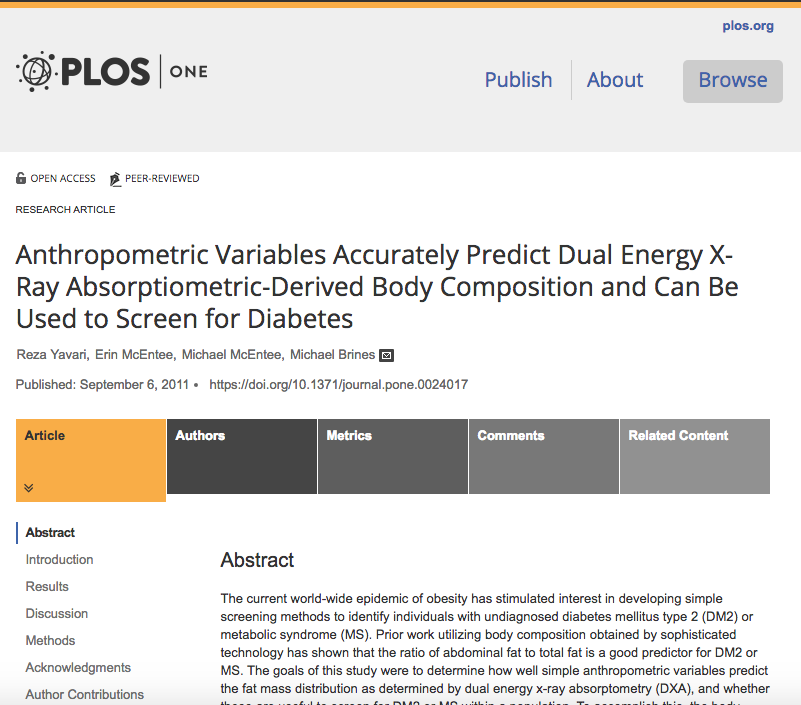Yi
In ancient Chinese philosophy the character Yi means being righteous and doing good. For us, Yi stands for Yavari Indicator, a scientifically validated biometric algorithm that determines body composition such as fat distribution and muscle mass within two pounds of a body scanner. It also sets weight loss goals to reduce risks of diabetes and cardiovascular disease - not based on BMI or an ideal weight on the scale but based on body composition and metabolic risk reduction targets.
Finally, the number on the scale will not matter as much as a healthy Yi!
Optimal Weight Loss Regime
The Yavari Indicator, Yi algorithm screens and categorizes every user into a customized diet and exercise regimen, sets a weight loss benchmark and predicts a timeline.
• How much weight needs to be lost
• The time frame for losing the weight
• Amount of muscle and impact on weight loss goals
• Amount of abdominal fat and total body fat percentage
• Estimated resting caloric burn rate
• Daily recommended caloric goal
• Exercise goals
• Daily recommended caloric goal
• Exercise goals
Yi can also be used to track weight loss, assess body composition changes resulting from weight loss, re-adjust diet and exercise regimen.
Diabetes Risk Score
This test can help determine your risk of developing diabetes. This early warning provides you an opportunity to change your lifestyle to prevent the disease and thus reduce the likelihood of complications from this so-called “silent killer.” In a published study, it was shown the ability of Yi to screen for diabetes is as good as the blood test HbA1c.
Metabolic Syndrome Risk Score
Using non-invasive testing, the Yi Indicator can determine an individual’s likelihood of developing Metabolic Syndrome – a group of risk factors that occur together and increase the risk for coronary artery disease, stroke, and diabetes type 2.
How Was Yi Developed?
Beyond Care investigators first showed that body composition as measured by DXA scan can predict the risk of diabetes and metabolic syndrome (see publication referenced below.)
We then showed that biometric measurements can predict body composition measured by DXA.
Different body composition compartments can be estimated using biometrics and the predicted weights are within a couple of pounds of values directly measured by DXA scans.
We then asked the question: Since body composition by DXA can determine diabetes risk and biometrics in turn can predict body composition, can biometrics predict diabetes risk?
Indeed, we showed that our biometric algorithm can assess the risk of diabetes type 2 and metabolic syndrome as well as HbA1c.
In a large population of over 22000 men and women of different races Yi is able to screen and distinguish three categories for:
a- Diabetes (HbA1c >6.5%) as good blood test (HbA1c)
b- Pre-diabetes, a.k.a. Metabolic Syndrome, as good as blood test (HbA1c)
c- Normal subjects (HbA1c < 5.7%)
Receiver Operating Characteristics
Diabetic Subjects: Red - best predictive ability
Normal Subjects: Green
Prediabetic Subjects: Blue
Part of the Yi algorithm was published in the peer-reviewed prestigious journal PLoS : http://www.plosone.org/article/info%3Adoi%2F10.1371%2Fjournal.pone.0024017






